Transborder Immigrant Tool Series: Desert Fruits ‘Dethorned, Dethroned,’ Can Be ‘Delectably Edible’
The fifth poem in "The Desert Survival Series/La serie de sobrevivencia del desierto" tells readers they can survive up to three weeks without eating in the desert, but that certain fruits can safely fill one's belly during the dangerous journey across the U.S.- Mexico border.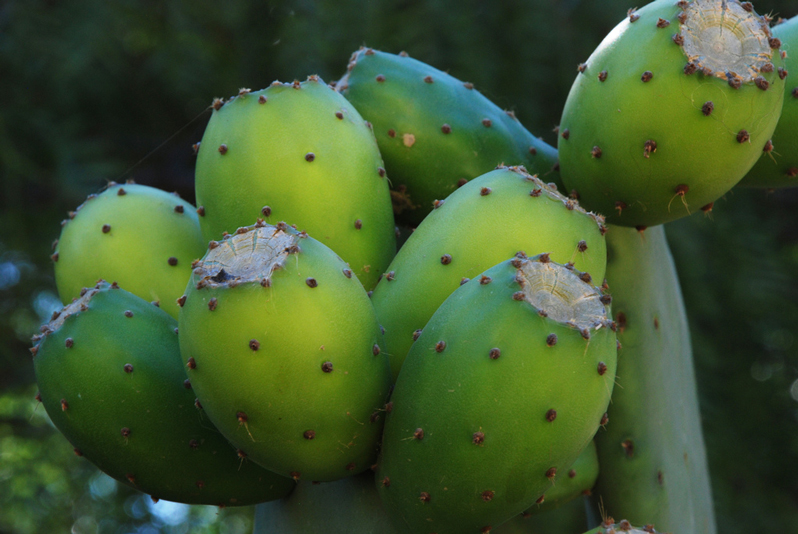
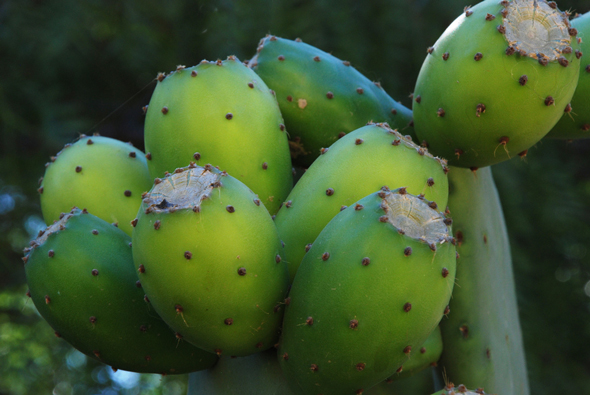
The tuna, a desert fruit featured in the fifth poem in “The Desert Survival Series,” is not only edible, it’s delicious. (Carola Jacobs / CC BY-NC-ND 2.0)
The Transborder Immigrant Tool is a GPS cellphone safety-net tool for crossing the Mexico-U.S. border. It was developed by Electronic Disturbance Theater/b.a.n.g. lab in 2007 by artists Micha Cárdenas, Amy Sara Carroll, Ricardo Dominguez, Elle Mehrmand and Brett Stalbaum, in conjunction with CALIT2/Visual Arts Department/University of California, San Diego/Program in American Culture, Latina/o Studies/English Department/University of Michigan, Ann Arbor.
Poet Amy Sara Carroll wrote a series of 24 poems, titled “The Desert Survival Series/La serie de sobrevivencia del desierto,” which were uploaded onto cellphones equipped with simple compasses and interfaces. Each poem is a form of lyrical advice that provides readers and listeners with tools for every hour of a day spent in the pernicious borderlands between the U.S. and Mexico. Truthdig is publishing each of these poems in both Spanish and English in our Poetry section, accompanied with bilingual audio recordings by various contributors to the project. To read the first, second, third and fourth poems in the series, click on the hyperlinks. For more information on the project, watch the video presentation below.
The fifth poem in “The Desert Survival Series/La serie de sobrevivencia del desierto,” read in English by Amy Sara Carroll and in Spanish by Natasha Hakimi Zapata.
5.
You can survive without eating anything for three weeks in hot weather. But the body’s need for hydration is a different matter entirely. Consume the fruit of prickly pear, saguaro, organ pipe, yucca or cholla for their moisture alone.
***
In the summertime, pitahaya dulce, the fruit of the organ pipe cactus, ripens to red and drops its spines. The prickly pear cactus’ tuna reddens to purple, but never loses its needles. Dethorned, dethroned, both are delectably edible. Peel their skins.
En climas cálidos, puede sobrevivir hasta tres semanas sin comer nada. No obstante, la necesidad de hidratación del cuerpo humano es un problema completamente distinto. Consuma las tunas del nopal, saguaro, órgano, yuca y cholla, aunque solo sea por su contenido liquido.
***
En el verano, la pitaya dulce, la fruta del cactus organo, se torna roja y pierde sus espinas al madurar. La tuna se torna un color morado, mas nunca pierde sus púas. Destronadas, desespinadas, ambas son deliciosas. QuÃteles la piel.
Independent journalism is under threat and overshadowed by heavily funded mainstream media.
You can help level the playing field. Become a member.
Your tax-deductible contribution keeps us digging beneath the headlines to give you thought-provoking, investigative reporting and analysis that unearths what's really happening- without compromise.
Give today to support our courageous, independent journalists.
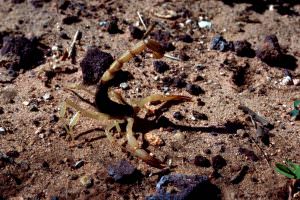
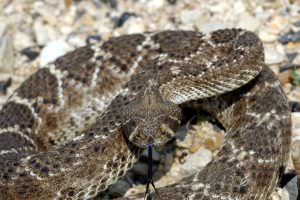

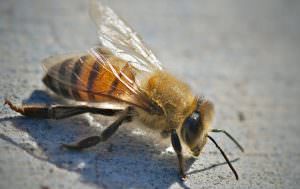

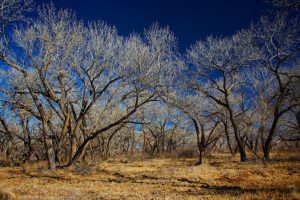
You need to be a supporter to comment.
There are currently no responses to this article.
Be the first to respond.